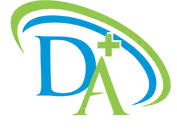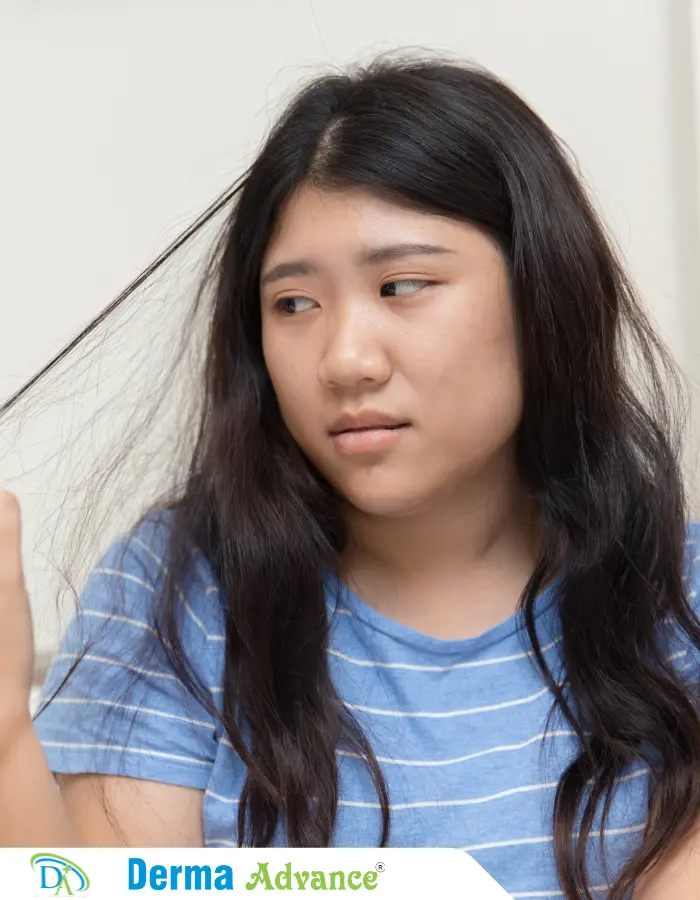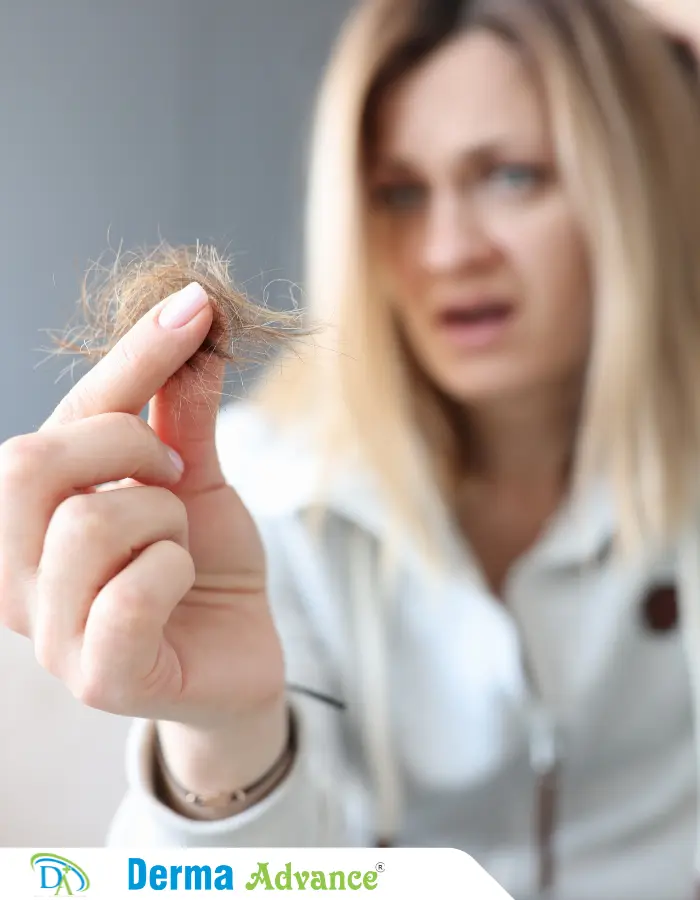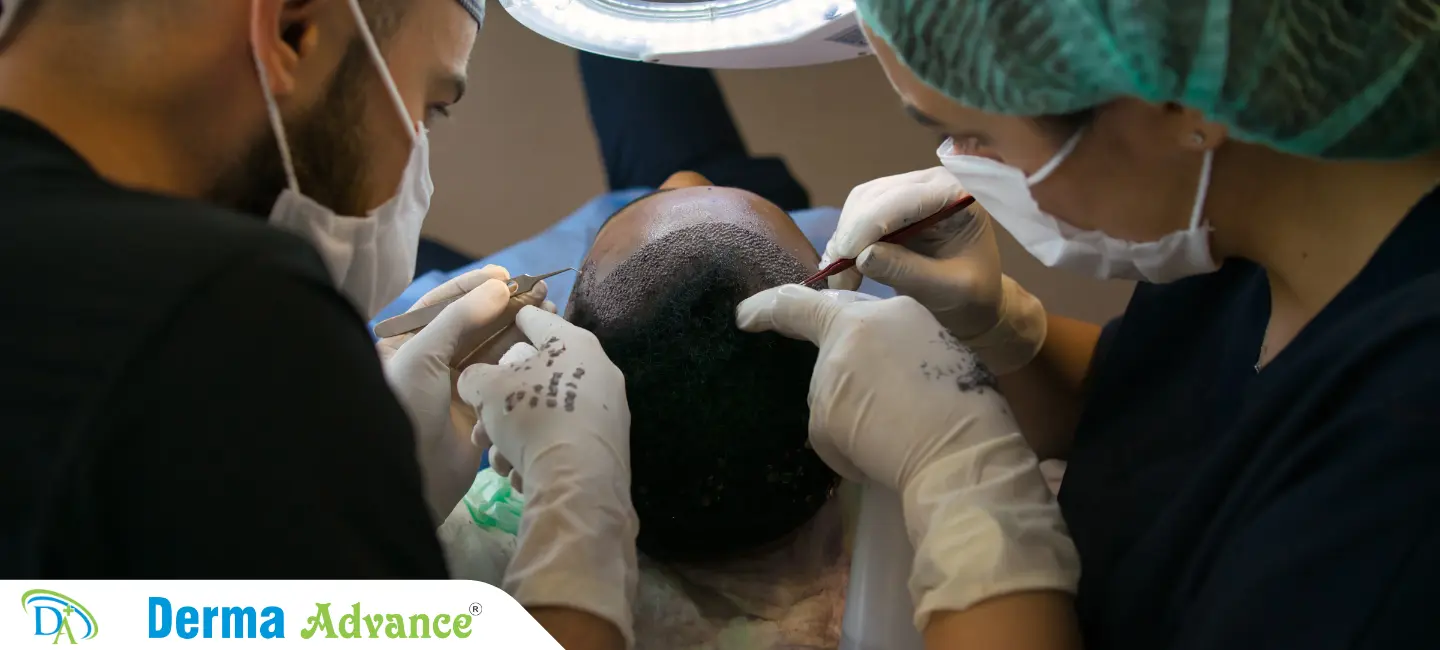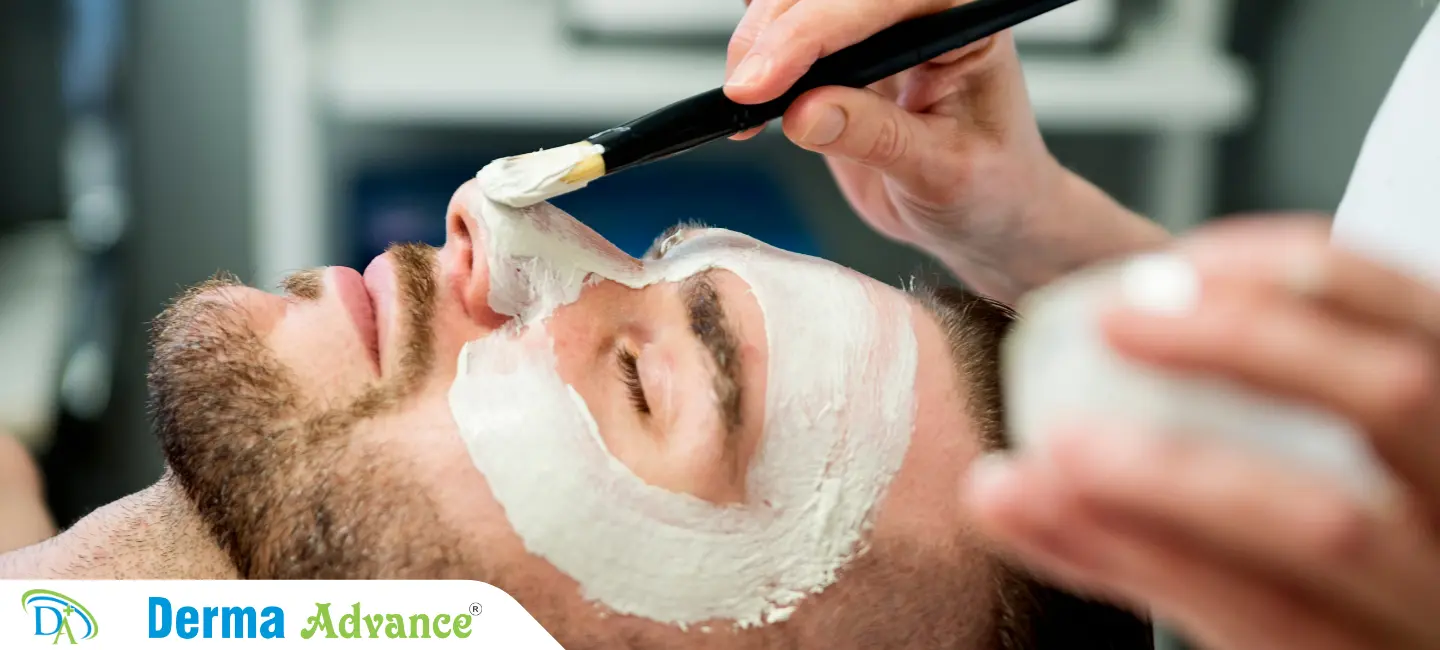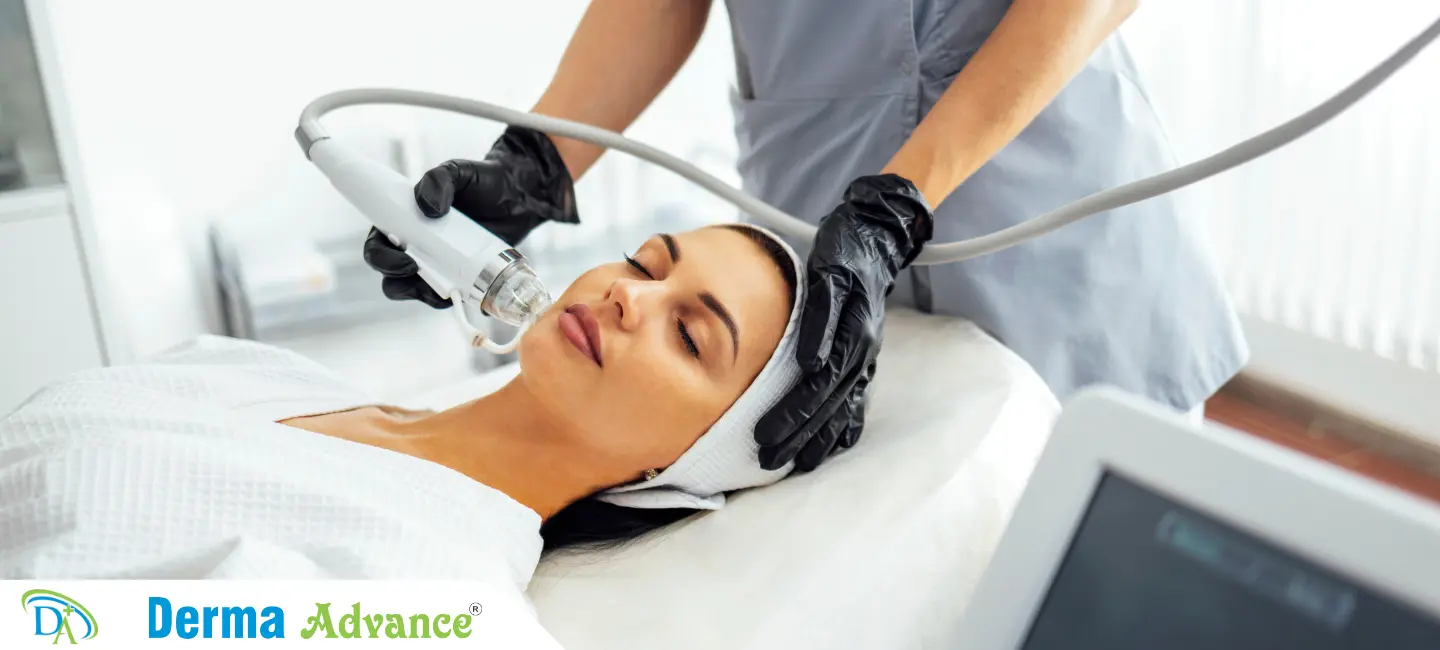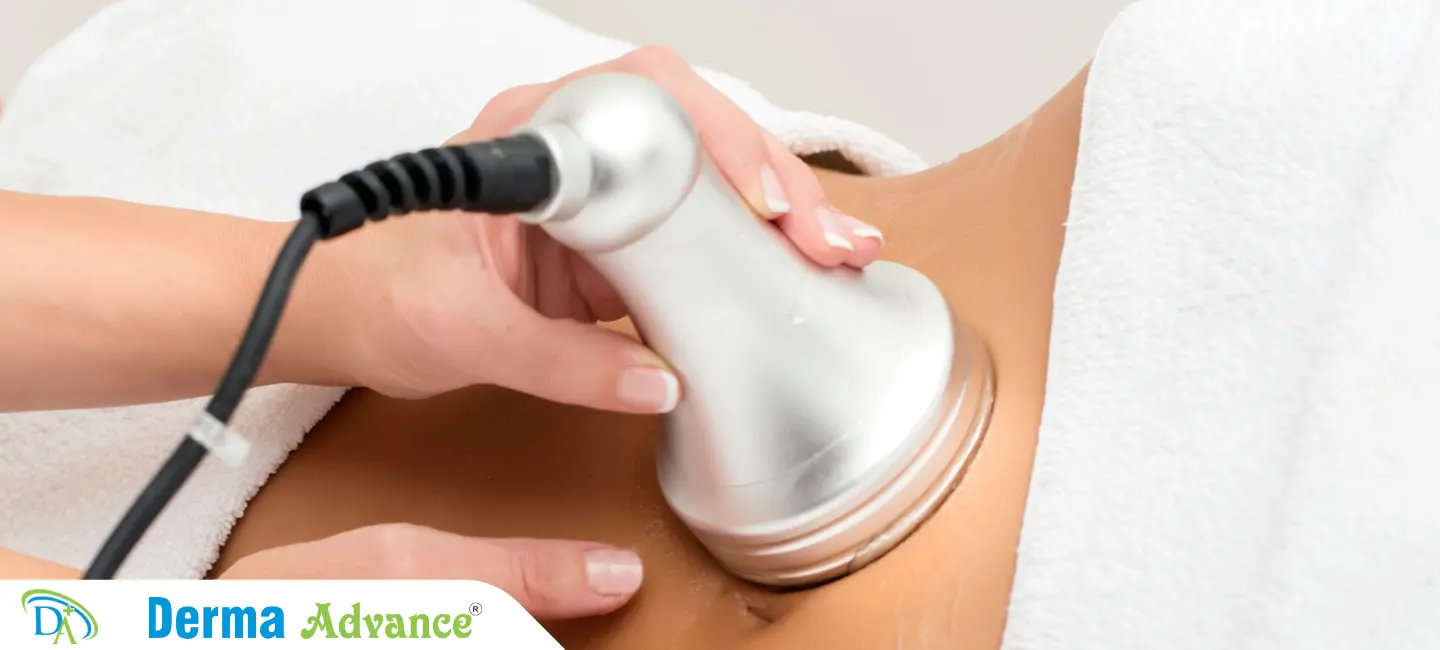What is Trichotillomania?
Trichotillomania is a psychological disorder characterized by recurrent hair-pulling, leading to noticeable hair loss and potential scalp damage.
Trichotillomania involves irresistible urges to pull out one's hair, leading to noticeable bald patches and emotional distress. Individuals may experience tension relief or gratification from hair-pulling, complicating efforts to stop.
Treatment involves behavioral therapy to address underlying triggers and promote alternative coping mechanisms. Dermatological interventions focus on scalp health and hair regrowth strategies to restore hair density and manage compulsive hair-pulling behaviors.
Immense Care
We aim to provide immense care tailored to manage and treat your health condition. Be assured, you are in safe hands!
Modern Techniques
We provide modern treatments to ensure you get the quickest and most effective solution to your health conditions!
Symptoms of Trichotillomania
What are the Symptoms of Trichotillomania?
Trichotillomania manifests as recurrent hair-pulling episodes, leading to noticeable hair loss on the scalp, eyebrows, or other body areas. Individuals may experience increased tension before pulling and relief or gratification afterward.
Hair-pulling behaviors vary in intensity and frequency, resulting in bald patches, uneven hair growth, or scalp damage over time. Emotional distress and social withdrawal often accompany trichotillomania, impacting quality of life.
Comprehensive management includes behavioral therapy, support groups, and dermatological consultations to promote scalp health, prevent hair damage, and encourage healthy hair regrowth.
Recurrent Hair-Pulling
Persistent urges to pull out scalp, eyebrow, or body hair, often resulting in noticeable bald patches and emotional distress in individuals with trichotillomania.
Scalp Damage
Hair-pulling behaviors causing scalp irritation, inflammation, or visible damage, affecting hair follicle health and overall scalp condition.
Emotional Distress
Psychological impact of trichotillomania, including anxiety, shame, or guilt associated with hair-pulling behaviors and their visible consequences.
Uneven Hair Growth
Irregular hair regrowth patterns following hair-pulling episodes, resulting in patchy or sparse hair distribution on the scalp or affected body areas.
Social Withdrawal
Avoidance of social situations due to embarrassment or self-consciousness about noticeable hair loss or scalp damage caused by trichotillomania.
Compulsive Behavior
Involuntary or uncontrollable urges to pull out hair, despite efforts to resist or control hair-pulling behaviors, characteristic of trichotillomania.
Diagnosis of Trichotillomania
1
Hair-Pulling Patterns
Observing repetitive hair-pulling behaviors, characteristic of trichotillomania, affecting scalp, eyebrow, or body hair, and leading to noticeable hair loss or bald patches.
2
Scalp Examination
Dermatological assessment of scalp health, hair follicle condition, and presence of visible hair damage or bald spots, aiding in trichotillomania diagnosis and treatment planning.
3
Psychological Evaluation
Comprehensive assessment of emotional and psychological factors contributing to hair-pulling behaviors, guiding tailored therapeutic interventions for trichotillomania management.
4
Behavior Analysis
Analyzing hair-pulling triggers, situational cues, and behavioral patterns to identify underlying factors and develop personalized treatment approaches for trichotillomania.
5
Diagnostic Criteria Review
Reviewing DSM-5 diagnostic criteria for trichotillomania, including recurrent hair-pulling episodes, tension relief or gratification from pulling, and impairment in daily functioning due to hair loss.
6
Differential Diagnosis Considerations
Considering alternative causes of hair loss or scalp conditions to differentiate trichotillomania from other dermatological or psychological disorders affecting hair health and appearance.
Book Your Appointment
Find Solution to Trichotillomania Now!
Meet Our Expert Trichotillomania Specialists


Treatment of Trichotillomania
How is Trichotillomania treated?
Treatment strategies for trichotillomania focus on addressing underlying psychological triggers and promoting behavioral changes to reduce hair-pulling episodes. Cognitive behavioral therapy (CBT) helps individuals identify and manage triggers, develop alternative coping strategies, and modify hair-pulling behaviors.
Dermatological interventions aim to optimize scalp health and support hair regrowth through topical treatments and scalp care routines. Counseling and support groups provide emotional support and encouragement throughout the recovery process.
Severe cases may require collaborative care involving psychiatrists, psychologists, and dermatologists to tailor treatment plans addressing both psychological and dermatological aspects of trichotillomania.
Cognitive Behavioral Therapy (CBT)
Therapeutic approach focusing on identifying and modifying hair-pulling triggers, developing coping strategies, and promoting behavioral changes to manage trichotillomania symptoms effectively.
Dermatological Interventions
Topical treatments and scalp care regimens to support scalp health, minimize hair damage, and encourage healthy hair regrowth in individuals with trichotillomania.
Counseling and Support Groups
Psychological counseling and peer support groups providing emotional support, encouragement, and coping strategies for individuals managing trichotillomania-related challenges.
Medication (if applicable)
Prescription medications targeting underlying anxiety or obsessive-compulsive symptoms associated with trichotillomania, complementing behavioral and dermatological therapies.
Collaborative Care Approach
Integrated treatment approach involving multidisciplinary collaboration among psychiatrists, psychologists, and dermatologists to optimize trichotillomania management and promote holistic recovery.
Behavior Modification Techniques
Practical strategies and techniques to promote awareness, self-monitoring, and gradual reduction of hair-pulling behaviors in trichotillomania treatment plans, enhancing long-term symptom management.
Causes of Trichotillomania
1
Psychological Stressors
Emotional or psychological stress triggers, including anxiety, trauma, or obsessive-compulsive tendencies, contributing to recurrent hair-pulling behaviors in trichotillomania patients.
2
Coping Mechanisms
Maladaptive coping strategies, such as hair-pulling, providing temporary tension relief or gratification, complicating efforts to manage trichotillomania-related symptoms effectively.
3
Genetics and Family History
Genetic predisposition or familial history of impulse control disorders or obsessive-compulsive behaviors influencing susceptibility to trichotillomania and hair-pulling behaviors.
4
Neurobiological Factors
Neurological or brain chemistry imbalances affecting impulse control, emotional regulation, and reward-seeking behaviors, contributing to trichotillomania symptom development.
5
Environmental Triggers
External factors like social pressure, academic stress, or life changes exacerbating psychological distress and triggering hair-pulling episodes in individuals susceptible to trichotillomania.
6
Behavioral Conditioning
Learned behaviors and reinforcement mechanisms reinforcing hair-pulling habits, perpetuating trichotillomania symptoms and complicating treatment outcomes.
How to Prevent Trichotillomania?
Trichotillomania is a psychological disorder characterized by recurrent hair-pulling, leading to noticeable hair loss and potential scalp damage.
Proactive intervention includes identifying and addressing stressors or emotional triggers contributing to hair-pulling behaviors in trichotillomania. Early psychological support and counseling promote healthy coping mechanisms and reduce the risk of hair loss and scalp damage associated with compulsive hair-pulling.
Incorporating stress reduction techniques, such as mindfulness exercises or relaxation therapies, supports emotional well-being and enhances resilience against trichotillomania-related challenges.
